Bomb and Magic Box, what if the new doping was a cocktail of legal medications?
The shadow of doping relentlessly haunts cycling despite the efforts of this sport to shake off this stigma. The 90s and the first decade of the 21st century are far behind when cycling hit rock bottom with more or less constant scandals. However, the UCI and WADA hardened the fight with constant monitoring of cyclists, out-of-competition controls, and, above all, with the biological passport. Still, today, the superiority of a cyclist like Tadej Pogacar makes many think that behind his performance there is something more than just training and good genes.
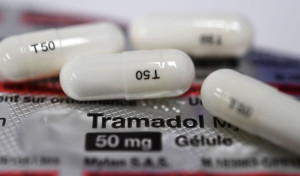
The shadow of doping continues to haunt cycling
A report published by the Radio France research team reveals that, despite the intense work to eradicate doping practices in cycling during the 21st century, not everything that glitters is gold and questionable practices could still be widespread.
A report motivated by Tadej Pogacar's overwhelming dominance and how cyclists' performance numbers have been steadily increasing, clearly surpassing the records of the dark EPO years. French journalists have questioned these performances and investigated whether improvements in equipment, nutrition, or training techniques are solely responsible or if there is something more behind it all.
RECOMENDADO
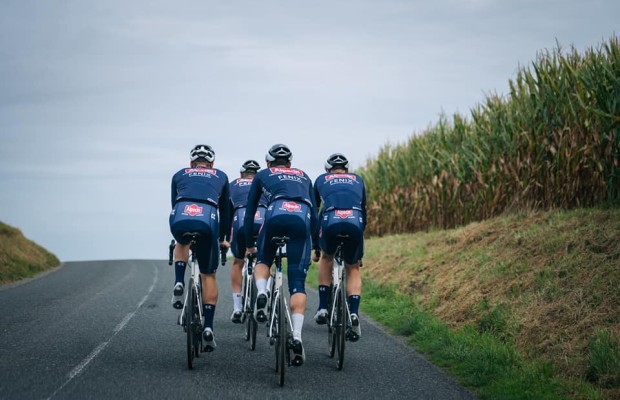
The cyclist's patience: how long, gentle training sessions build your best season

Tips for cycling in the rain

25 cycling gifts ideas to get it right

When do helmets have to be changed? Do they have an expiration date?

Some reasons to stay away from the road in winter
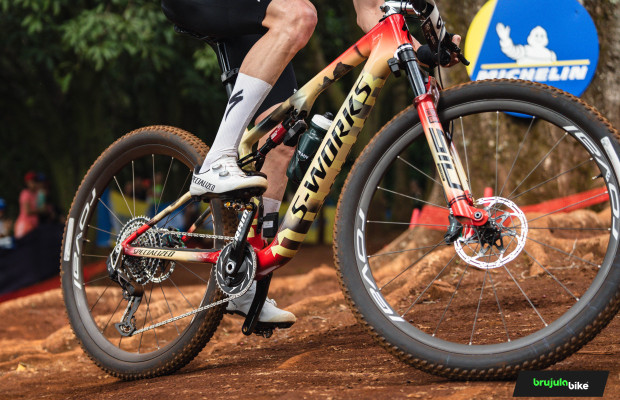
S-Works: what does it really mean and where does Specialized's most exclusive label come from?
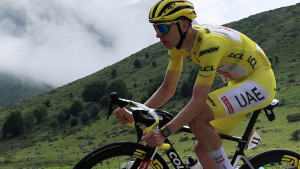
To understand how the doping spiral of the 2000s was broken, two aspects must be mentioned. On the one hand, the full implementation of the ADAMS system, through which professionals must constantly register their location to allow them to be controlled at almost any time of the day, except during nighttime hours. This, along with an increase in out-of-competition controls, made things much more difficult for cheaters.
The other major change was the introduction of the biological passport, a profile of hematological and physiological data of the cyclist that allows generating a history where any alteration caused by the consumption of doping substances is reflected.
The question then is, if there are such strict control measures, how do cyclists dope nowadays? The theories are diverse. For years, it has been said that the substances used are the same as in those dark years, with the only change being that now microdoses of the same substances are used but in a more continuous way to facilitate their elimination from the body and, therefore, their detection.
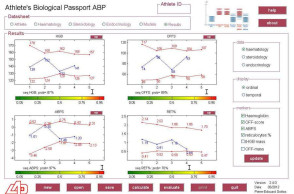
There is also talk of undetectable EPO, although WADA tracks the internet, the main source of these substances, and acquires them to develop detection methods.
However, the explanation could be much simpler. It would be the use of legal substances and medications, using the latter for performance enhancement rather than for therapeutic use. In the Radio France report, terms like "the bomb" are used to refer to a combination of voltaren, caffeine, and paracetamol; or "the magic box" which would refer to a box of medications with a real arsenal available to cyclists.
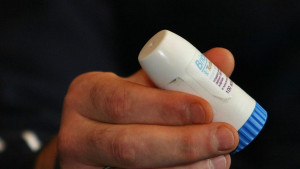
For years, Therapeutic Use Exemptions (TUEs) have been controversial, as they are a loophole for medications that allow performance enhancement, such as famous inhalers for asthma or, more sporadically, the use of corticosteroids.
Also controversial in recent years are analgesic products that help alleviate the pains caused by the intense effort of competition and demanding training, making it possible for the cyclist to continue training and competing. Among them, there is another widely used medication that the UCI has already restricted for use in competition, such as Tramadol.
We cannot forget the miraculous supplements, among which the famous ketones have shone in recent times, openly used by different teams even though their mechanisms are not sufficiently researched, with the Movement for Credible Cycling recommending their non-use to its members.
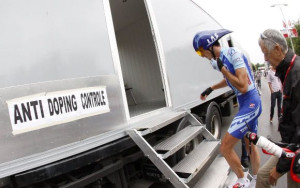
In any case, as the Radio France report concludes, beyond whether doping is occurring or not, which seems to be drawn with a tremendously blurred line that makes it difficult in many cases to determine if a particular practice should or should not be included in that category, the real concern expressed by the French Cycling Federation is the overmedication taking place in cycling with increasingly younger riders, trivializing the use of medications beyond their intended therapeutic uses and potentially leading to a "anything goes" situation similar to what we experienced at the beginning of the century.